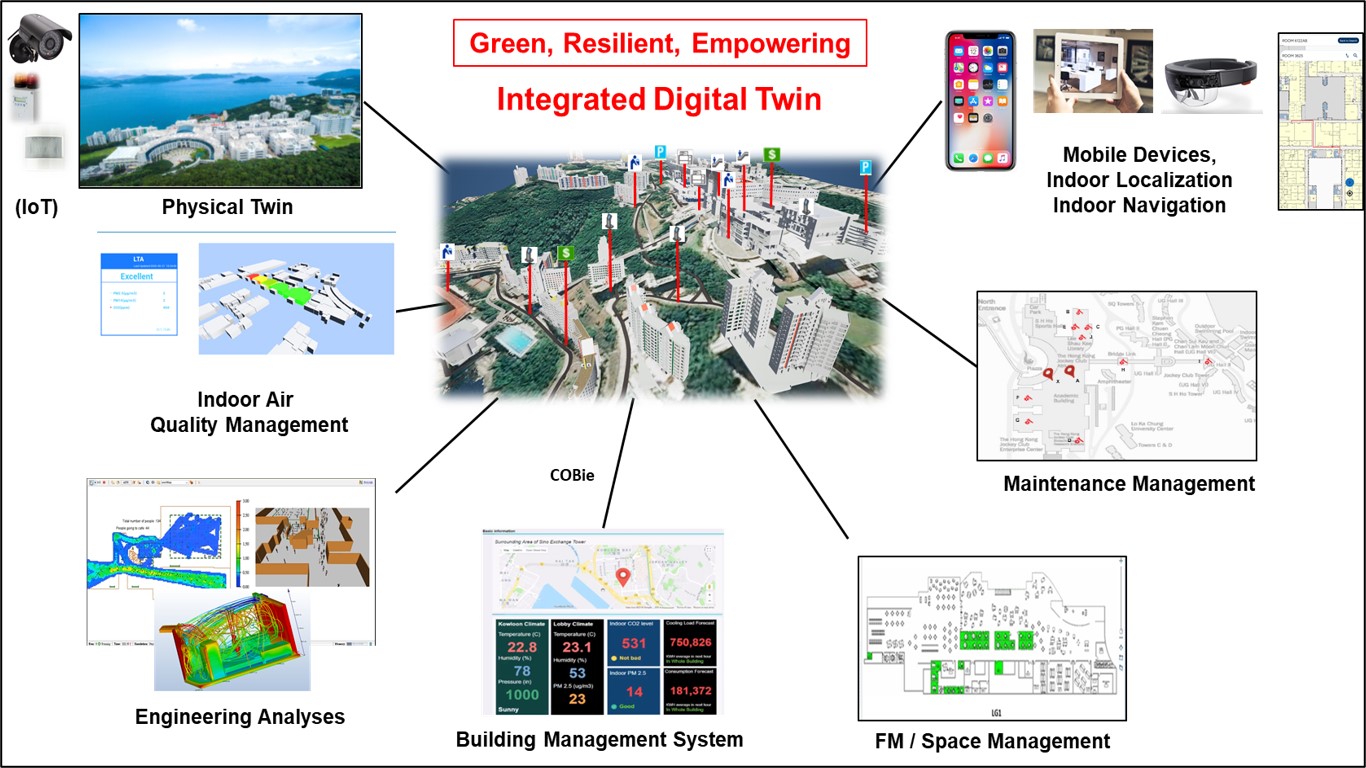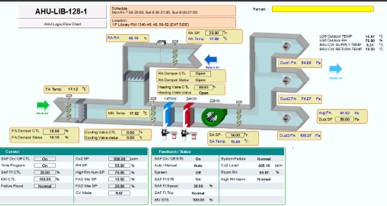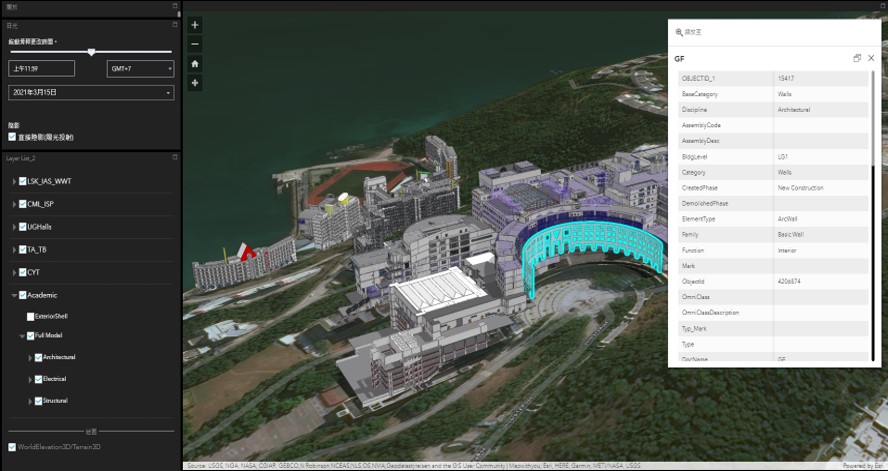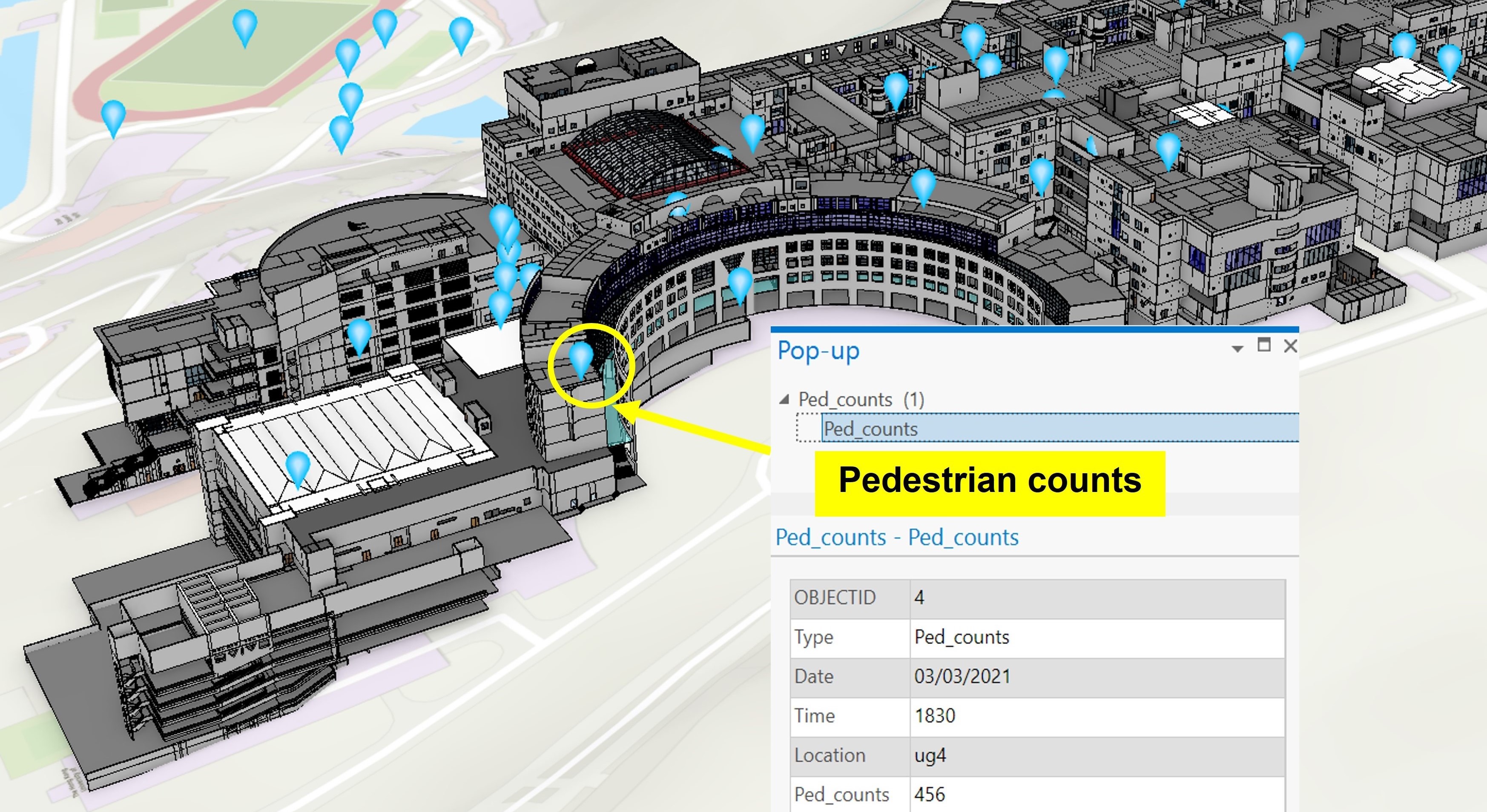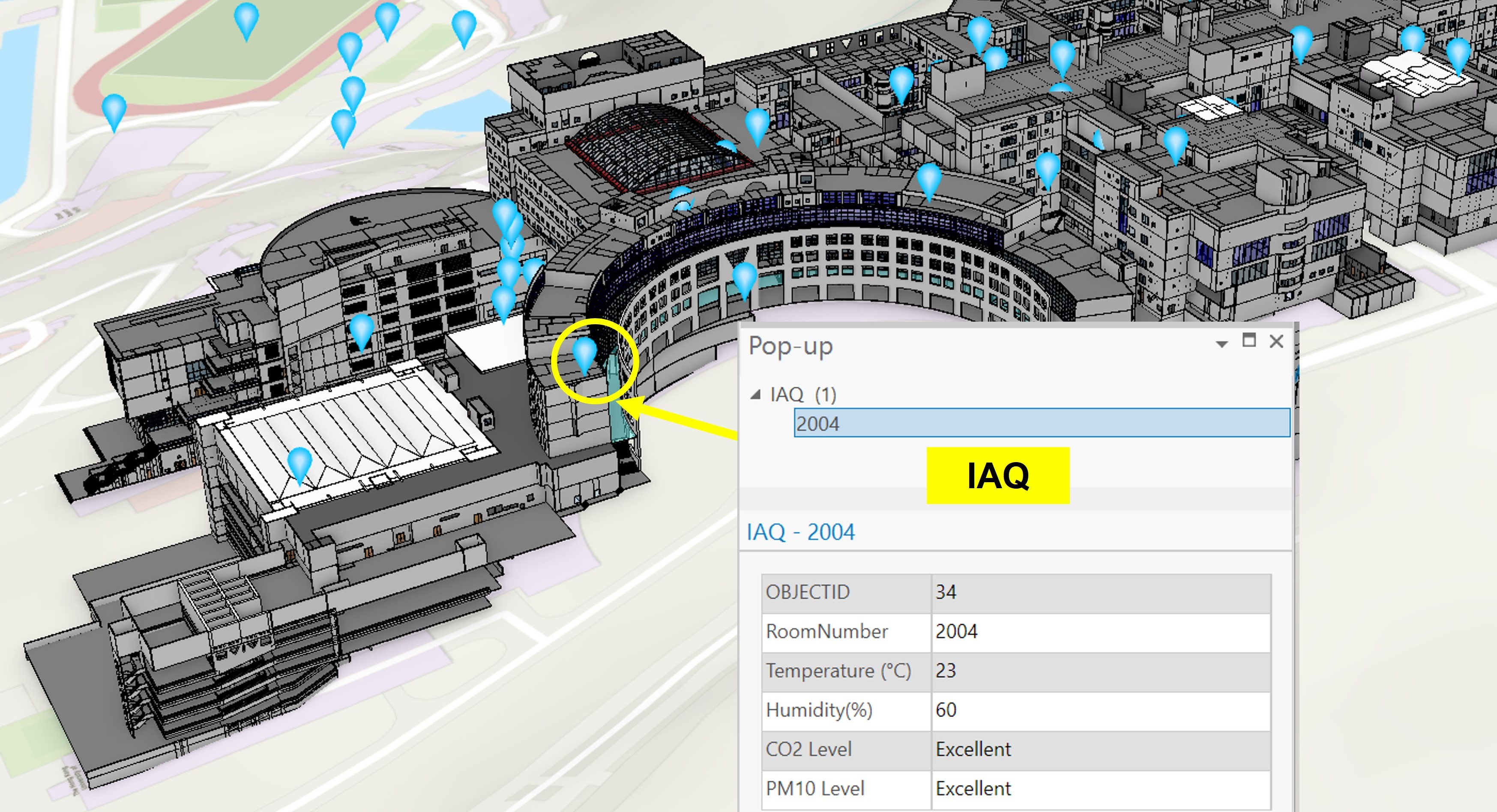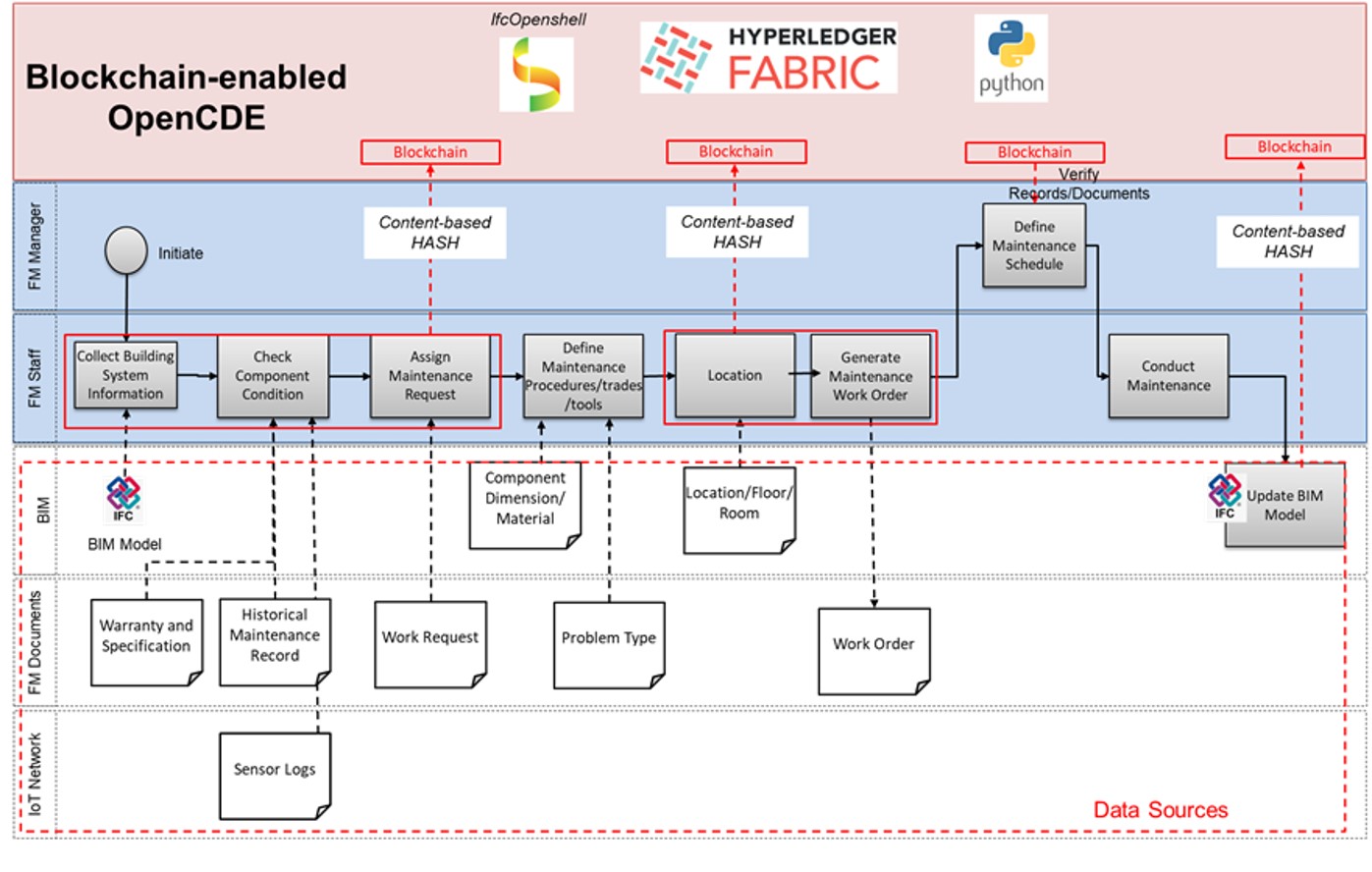Project Details

Project Description
The Hong Kong University of Science and Technology (HKUST) campus carries a vision of creating a digital twin, which digitizes the physical world with different facility systems integrated into a single hub. The project will significantly enhance facility management (FM) like engineering analyses, operation management and maintenance. Diverse data sources are available, including building information modeling (BIM), geographic information system (GIS), Internet of Things (IoT) and building management system (BMS).
